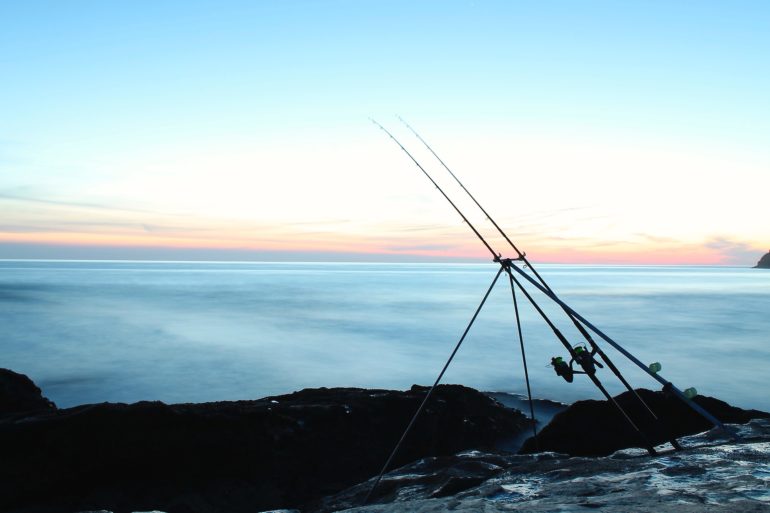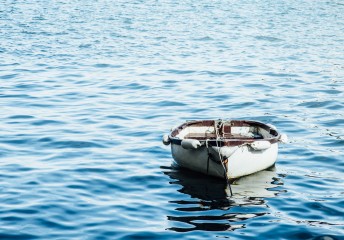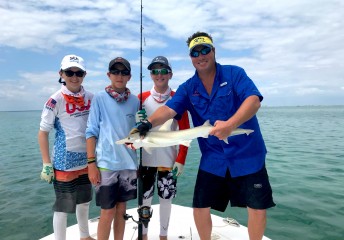5 Tips to Choose the Best Fishing Rod
Last Updated on January 12, 2022 by Boatsetter Team
Once you figure out what boat to charter, you need to think about your equipment. Your fishing rod is an extension of yourself. It is a way for you to really connect with the water and it truly makes the difference between bringing in that huge haul and coming up with nothing. This short guide will explain to you the different types of fishing rods out there and what will work best for you.
1) Fishing Rod Length
The length is measured from the end of the rod all the way to the tip. They vary in range from about four to fourteen feet. Fortunately, large-sized rods are typically collapsible so you don’t have to carry something huge around. Where you fish and what you are fishing will largely determine the length that you will need.
- Short rods obviously cast for shorter distances and utilize light lures. They are also easier to control so you be helpful when searching for big game. You can also use them when you are trolling a boat across the water.
- Long rods cast farther out and are better for fishing directly from the shoreline rather than a boat. They also often used in fly fishing and with heavier lures.
2) Weight
This determines the strength of the fishing rod. Generally, each rod goes under a “pound test” to see how much that it can carry. This helps you also determine what type of fishing line to use.
3) Action
The action is the point of the fishing rod where it bends. There are a wide variety of measurements all the way from super light to extra heavy. The heavier that it is, the closer to the tip that it will bend, likewise, the lighter it is the closer it bends to the end of the rodd.
A good tip is that heavy action is used for bass and other larger fish while lighter is for smaller ones.
4) Material
These days, fishing rods are made from a variety of different materials including graphite, fiberglass or an alloy. The material of your fishing rod will determine its functionality and how you can use it
- Graphite-lighter and stiffer making them much more sensitive. They tend to be a bit more expensive than their fiberglass counterparts.
- Fiberglass– these rods are heavier, but offer greater flexibility. They are very durable and tend to be much less expensive than graphite.
- Combination– Perfect for fisherman who are out in a variety of different locations trying to hunt all kinds of fish.
5) Reel
This is the last thing that you need to check for. They are designed typically for spinning or casting and reflect the different needs you may have .
- Spinning: These do a lot of the work for you. It is like having your car on cruise control. You have less control but it is ideal for beginners who may not have the technique down just yet. They don’t get tangled as frequently and function best with light lures and baits.
- Casting: Now think of switching to a manual car. You have a lot more control because you use your thumb to determine the where your cast goes. This does makes things trickier, however. They also often used with heavier artificial lures.
A Few Last Things to Think About
As with anything, it is always a good idea to try out a wide variety of rods to see what fits you best. Rent from your local fishing shop and borrowing a fishing rod from your friends. The last thing that you want to check are the guides. These are the little metal cylinders that go down the rod. Generally, the more cylinders, the better quality the rod is because it allows you to control the rod more. Good luck and happy fishing.
If you are looking for tips on how to catch some seriously big fish, then read this guide on how to angle Florida sailfish!

Boatsetter empowers people to explore with confidence by showing them a world of possibility on the water. Rent a boat, list your boat, or become a Boatsetter captain today.











